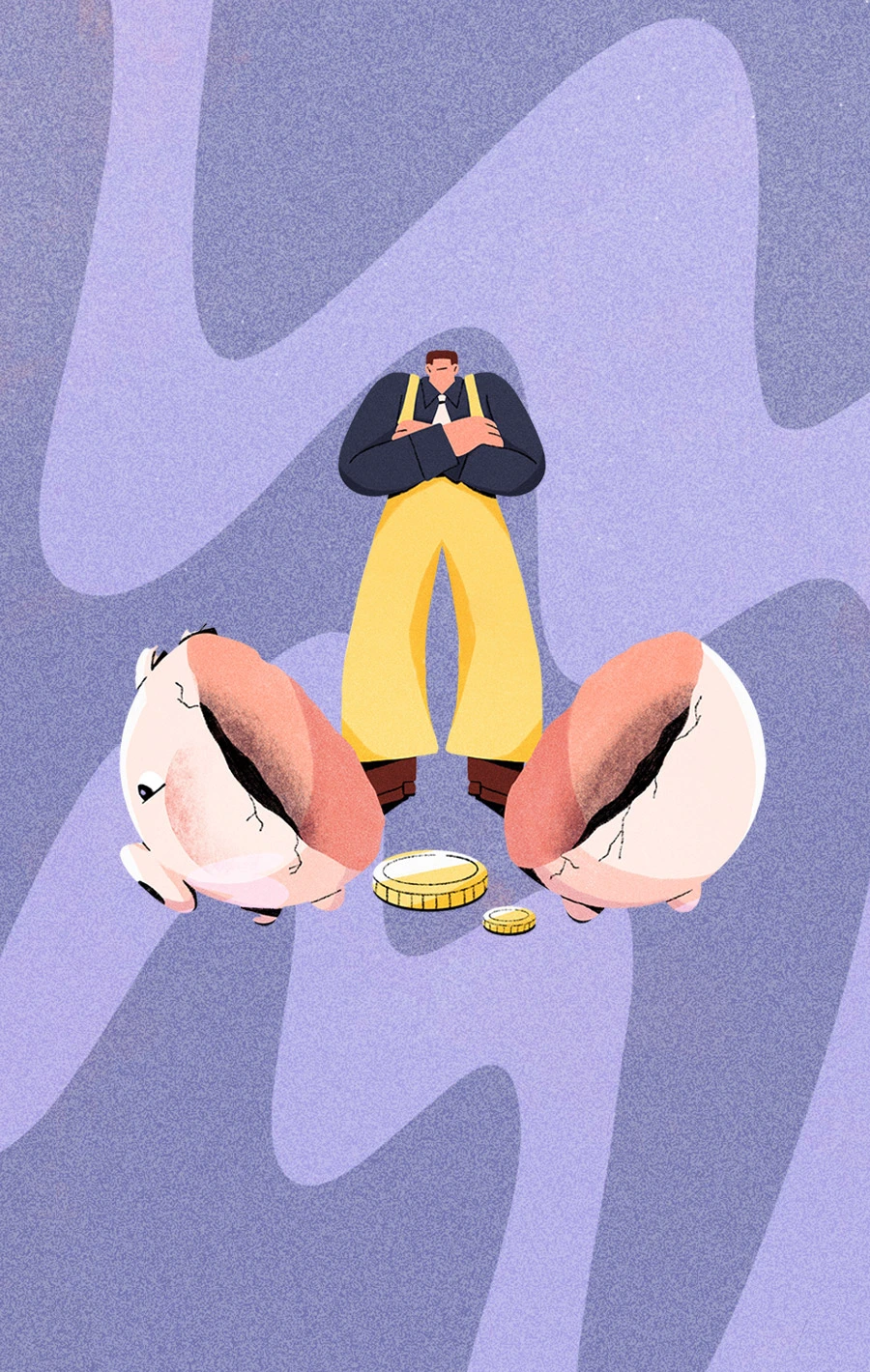How to Go Back to School With Defaulted Student Loans
Updated on June 2, 2025
Quick Facts
You can go back to school with defaulted student loans, but you won’t get federal aid until the default is cleared.
Consolidation is the fastest fix for defaulted federal student loans. It restores your FAFSA access in about 1 to 2 months.
With loan rehabilitation, you need to make 6 on-time, voluntary payments to regain federal aid eligibility.
Can You Go Back to School with a Defaulted Student Loan?
Yes. Defaulting on your student loans (federal or private) doesn’t stop you from enrolling or being admitted to school. But it creates hurdles for financial aid.
If your federal loans are in default, you’ll lose access to federal student aid until you fix the default. Private student loan defaults don’t block federal aid directly, but they hurt your credit. That could prevent you from qualifying for graduate-level Direct PLUS Loans, certain private scholarships, or even school-offered payment plans and housing.
Debt collectors also don’t pause just because you’ve returned to school. Collection actions like lawsuits or wage garnishments can still complicate your return.
How to Go Back to School After Defaulting on Student Loans
Step 1: Clear Your Loan Default
If your federal student loans are in default, you have two ways to fix it fast and unlock access to financial aid: loan rehabilitation or consolidation.
If you want to clear your default from your credit report eventually, and can afford to make 6 monthly payments, go for loan rehabilitation:
Call your loan holder or the collection agency to set up a rehab plan
Make six on-time monthly payments. You’ll regain access to federal student aid after the sixth
After nine payments, your default gets wiped from your credit report
If you can’t wait to make 6 payments to go back to school and need your default cleared fast, go for loan consolidation:
Go to StudentAid.gov and apply to consolidate your defaulted loans into a new Direct Consolidation Loan
Pick an income-driven repayment plan during the application
Your default status usually clears in a few weeks, restoring your aid eligibility almost immediately
Which one should you choose? Check out our guide to student loan rehabilitation vs consolidation for a deep dive into the right choice for you.
Related: How to Get Student Loans Out of Default
Step 2: Apply and Get Accepted to School
Start by choosing your desired school or program and submitting your application. You can apply and even get accepted while your loans are still in default.
But, you won’t be eligible to use federal financial aid until you resolve the default, either by consolidating your loans or by making your sixth payment in a rehabilitation plan.
Step 3: Apply for Financial Aid (FAFSA)
Fill out the Free Application for Federal Student Aid (FAFSA) and make sure to list the school you plan to attend. While you can submit the FAFSA even if you’re in default, most schools will wait to process your financial aid package until they can confirm that your default has been resolved.
Step 4: Confirm Financial Aid Eligibility and Receive Aid Award
After you’ve resolved your default, notify your school’s financial aid office. They’ll verify your updated loan status through the National Student Loan Data System (NSLDS). Once confirmed, the school will finalize your financial aid package, clearing the way for you to enroll and begin classes.
Bottom Line
If you’re in default and planning your next steps, here’s what to keep in mind:
You don’t need to clear private default to access federal aid. Just make sure your FAFSA is submitted and you’re not in federal default. Federal aid gives you more money with better terms than most private options.
If you need more funding, federal loans should be your first stop. Private lenders will likely reject you until your credit improves.
You can negotiate with your private lender. Some lenders offer settlements, payment plans, or even temporary hardship forbearance.
Rebuilding your credit by making consistent payments. Even small payments count. You could also settle old student debts to improve your chances for future borrowing.
The system can be confusing, but that’s why we’re here.
Book a call with our student loan expert today.
We help struggling borrowers fix student loan defaults, qualify for education aid again, and get back on track.
Related reading:
FAQs
Does going back to school take your loans out of default?
No. Enrolling doesn’t change your loan status. Your default stays on your record until you fix it through consolidation or rehabilitation. Don’t assume that signing up for classes will “reactivate” your loans. It won’t.
Can I get a grant to return to college if I have student loans in default?
Not until you fix the default. Once your loans are out of default, you can qualify for Pell Grants and other federal aid again. You're not disqualified forever.
What is the Fresh Start program, and is it still available?
Fresh Start was a temporary program that ended in October 2024. It gave defaulted borrowers one-time access to aid without fixing the default first. As of May 2025, it’s no longer available. You now need to consolidate or rehabilitate your loans to restore eligibility.
What’s the easiest way to get out of student loan default to go back to school?
There’s no quick or easy fix, but if you’re trying to return to school fast, consolidating your defaulted federal student loan debt is usually the fastest way. It can restore your access to federal student aid in as little as 30 to 60 days.








